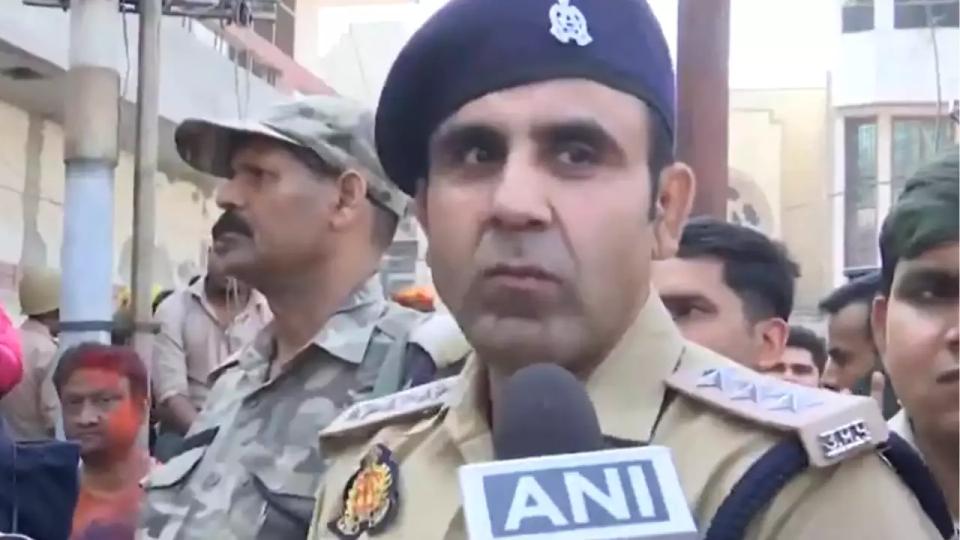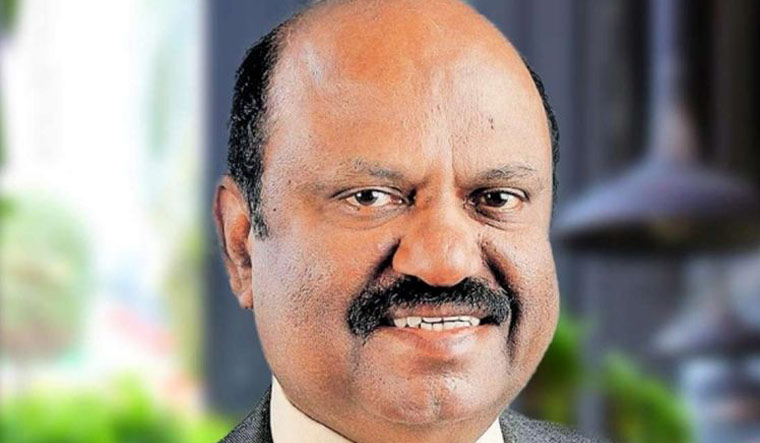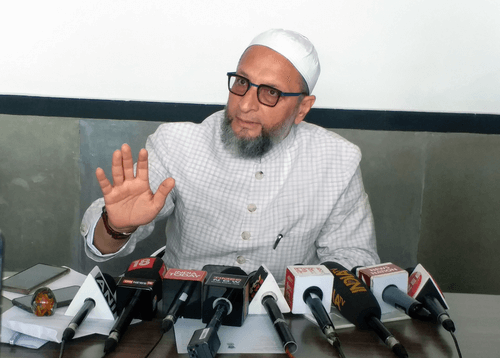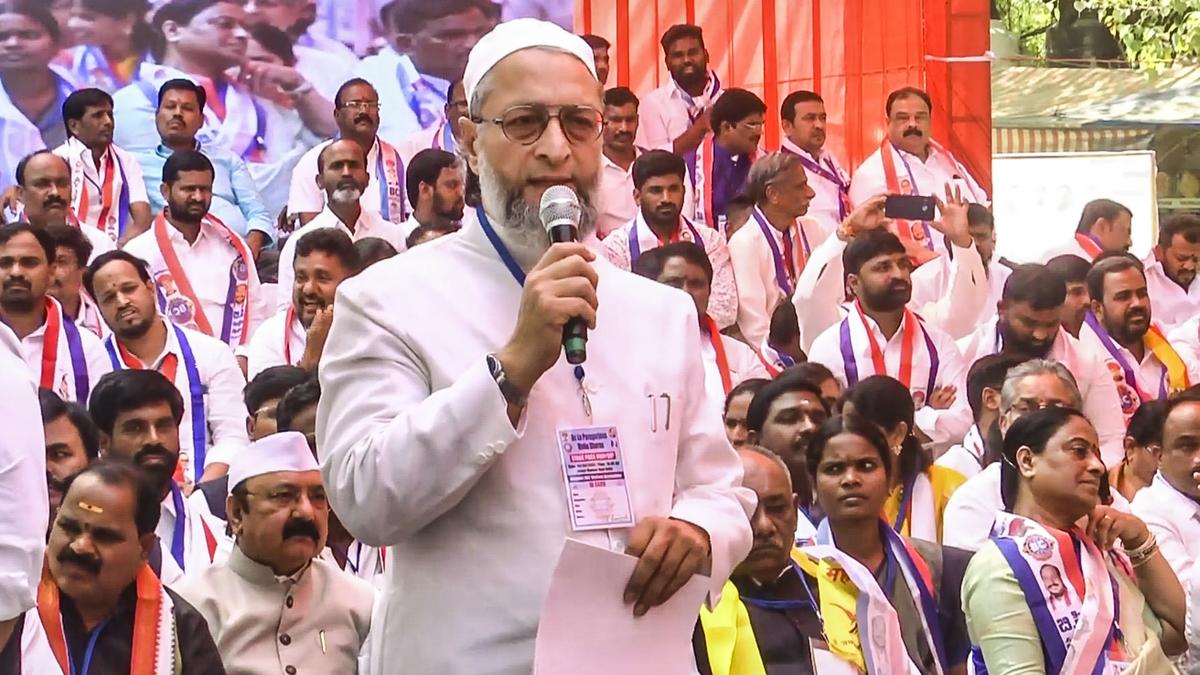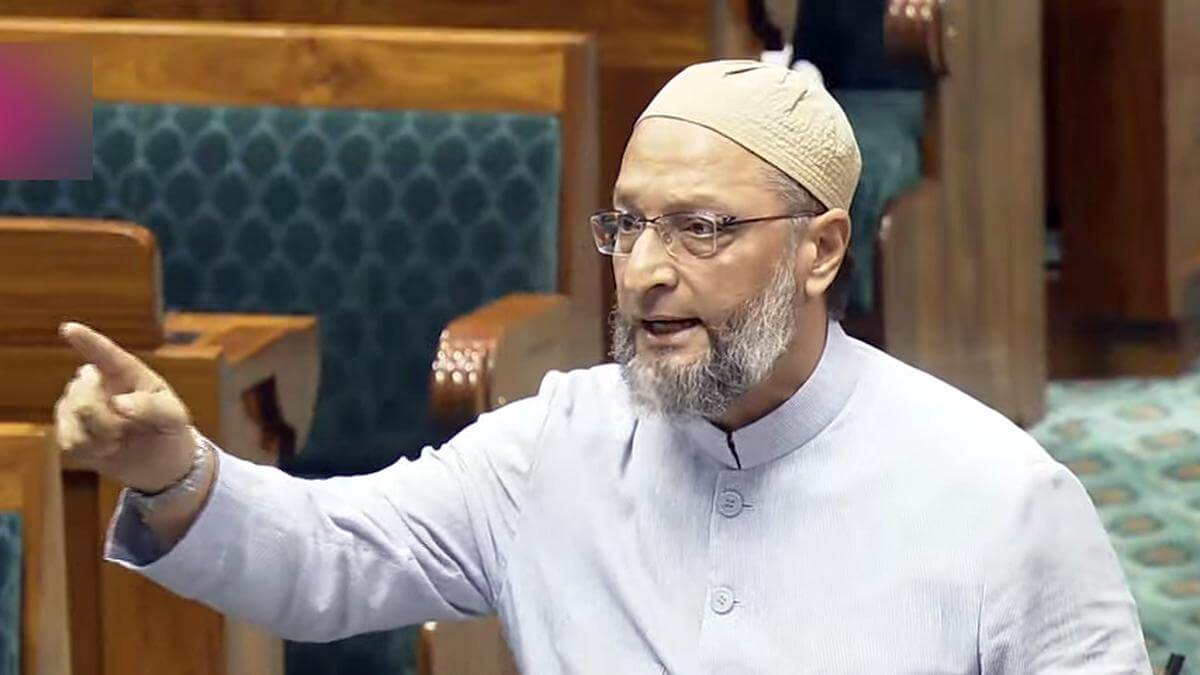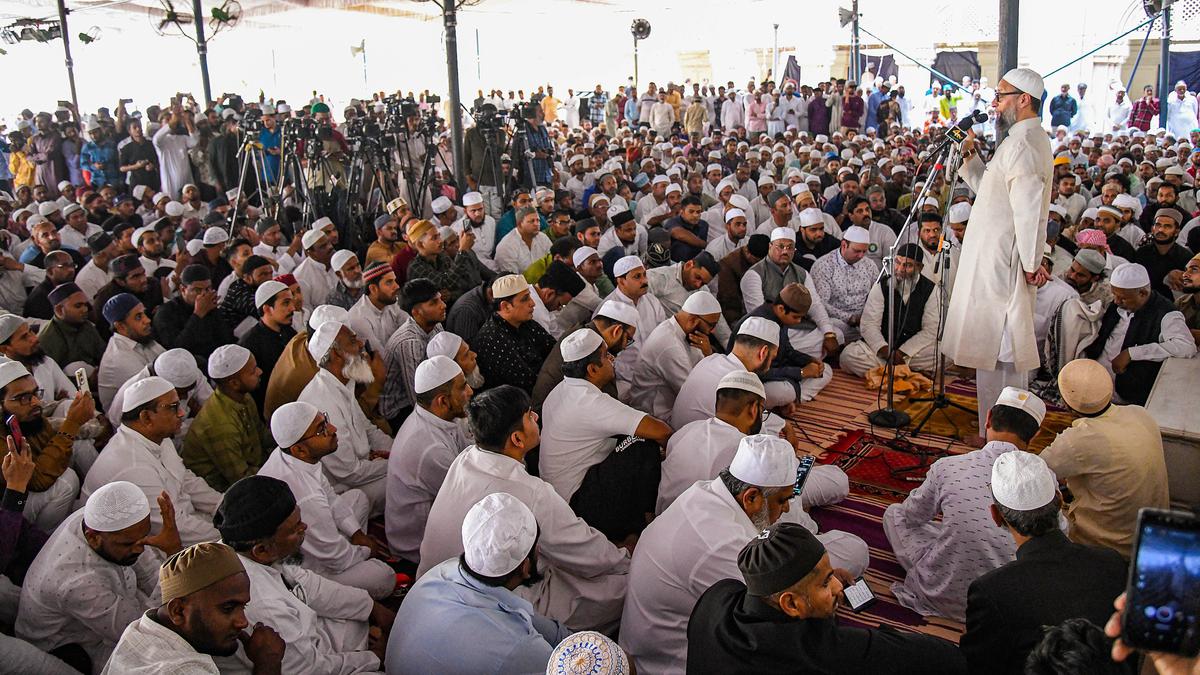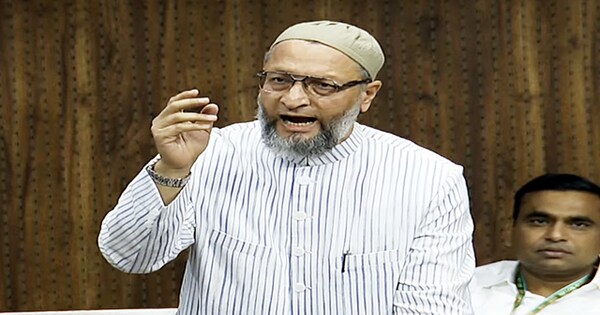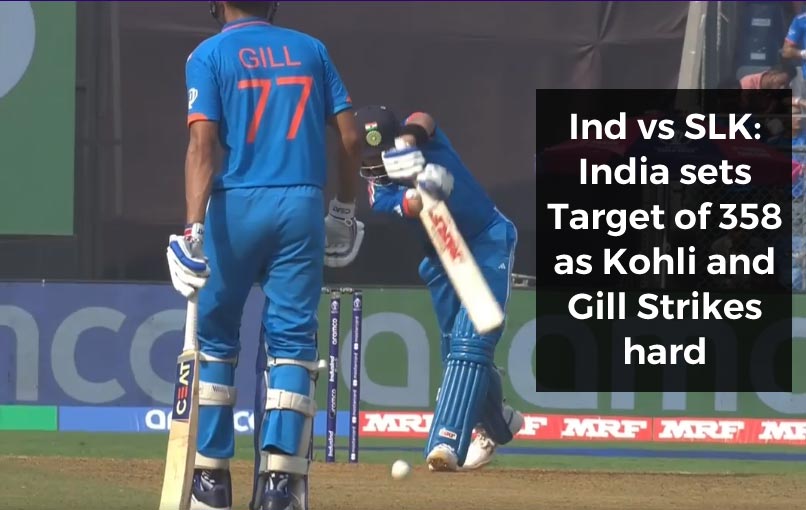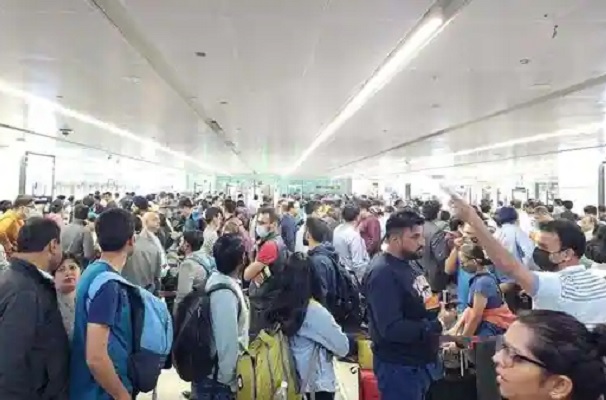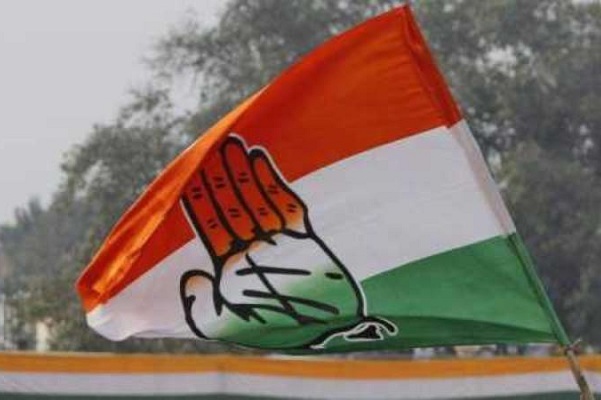Drop in groundwater levels add to concern in Telangana
Sat 15 Feb 2025, 00:28:47
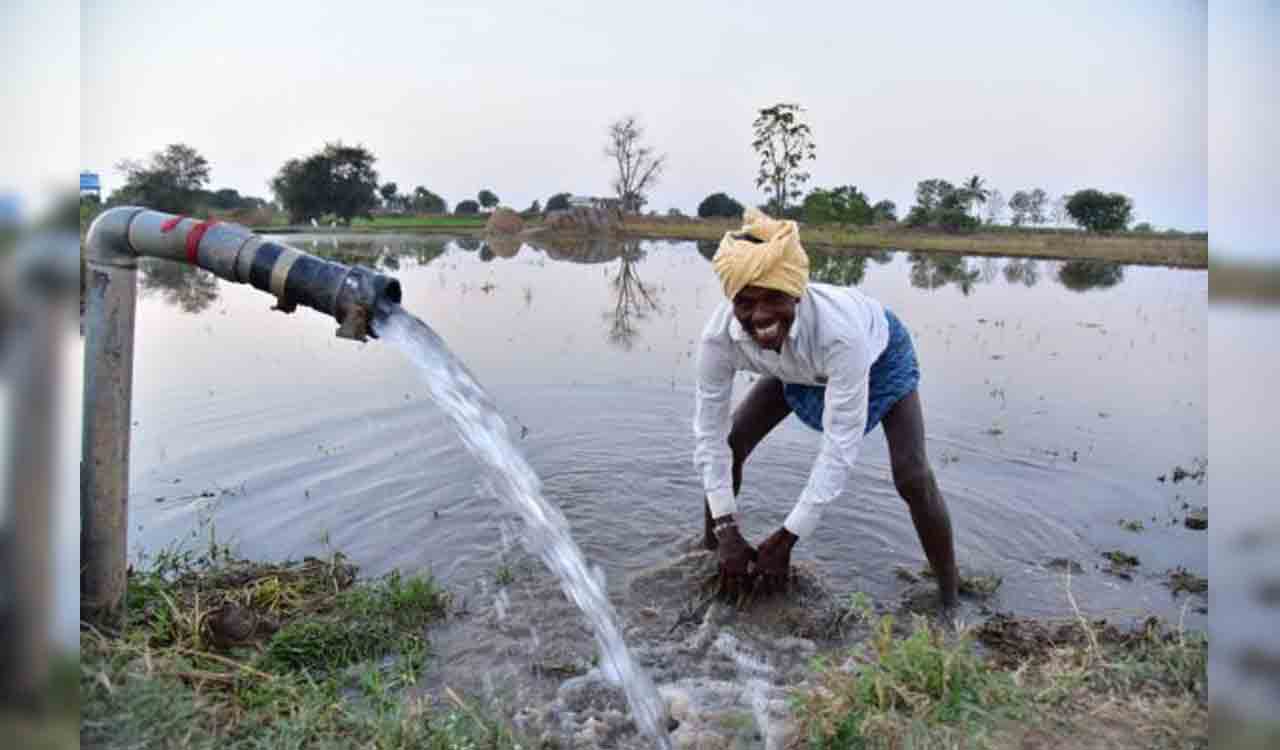
Groundwater levels in Telangana have witnessed a sharp decline in the past few months, raising alarm across the state. According to the latest report from the Telangana Groundwater Department, groundwater levels have dropped by two meters or more in some of the districts.
During the tenure of former Chief Minister K. Chandrashekhar Rao, Telangana experienced the highest groundwater rise in the country, transforming even dry lands into rich groundwater zones.
Under the current Congress rule, the situation has taken a different turn, with paddy fields drying up and farmers and the general public facing water shortages.
The situation worsened further by the drying up of a 120-km stretch of the Godavari River, which was once brimming with water due to the construction of three barrages—Medigadda, Annaram, and Sundilla. These barrages, intended to boost agriculture and stabilize the groundwater table, have been left non-functional under the pretext of structural issues.
Adding to the challenge, the failure to maintain the Mission Bhagiratha supplies in certain pockets has forced people to rely on bore wells for water extraction, despite the high fluoride content in regions like Nalgonda. The decline in groundwater levels has been attributed to alleged mismanagement of irrigation projects, particularly the neglect of the Kaleshwaram and Palamuru-Rangareddy lift irrigation schemes.
Pressure is mounting on the government to take immediate action to address the water shortage and protect the state’s irrigation progress. A recent comparison of the 2024 and 2023 groundwater assessment reports reveal that Telangana has recorded the steepest decline in net groundwater availability for future use.
The state has experienced a significant drop of 2.88 billion cubic meters (bcm) in
groundwater levels. Following Telangana, other major states such as Gujarat (0.48 bcm), West Bengal (0.35 bcm), and Bihar (0.32 bcm) have also reported notable declines. The decline in groundwater availability is attributed to several factors, including increased extraction for irrigation and industrial purposes.
groundwater levels. Following Telangana, other major states such as Gujarat (0.48 bcm), West Bengal (0.35 bcm), and Bihar (0.32 bcm) have also reported notable declines. The decline in groundwater availability is attributed to several factors, including increased extraction for irrigation and industrial purposes.
It is coupled with inadequate rainfall. This has led to concerns about the sustainability of groundwater resources. Failure to give water to the Rabi famers under the SRSP stage II, has forced farmers to sink bore wells in a big way as an instant solution.
The situation is so grim that a distraught farmer attempted to suicide trying to consume poison as all his efforts to save his withering crops drew a blank in KudaKuda village of Suryapet district.
Hundreds of farmers are going in for drilling new bore wells in a big way in the district and the new addition could add up by two per cent to the existing number of bore wells. This is just a repeat of what had happened in the entire command of Nagarajuna Sagar left canal ayacut during 2023-24 spread over the Nalgonda district.
The Krishna projects received no significant inflows for two consecutive years forcing a crop holiday in the region. But the farmers did not relent. They drilled more bore wells and continued with the paddy cultivation as usual.
The January 2025 groundwater report for Telangana highlights a worrying trend in the state’s water resources. The report indicates an annual drop in water levels compared to the previous year.
Yadadri Bhongir District registered the highest decline with water levels dropping by 2.71 meters. The Medchal-Malkajgiri district saw a drop of 1.97 meters. Rangareddy district had experienced a decline of 1.47 meters. The Bhadradri Kothagudem district reported a decrease of 0.72 meters.
No Comments For This Post, Be first to write a Comment.
Most viewed from Hyderabad
Most viewed from World
AIMIM News
Latest Urdu News
Most Viewed
May 26, 2020
Do you think Canada-India relations will improve under New PM Mark Carney?
Latest Videos View All
Like Us
Home
About Us
Advertise With Us
All Polls
Epaper Archives
Privacy Policy
Contact Us
Download Etemaad App
© 2025 Etemaad Daily News, All Rights Reserved.


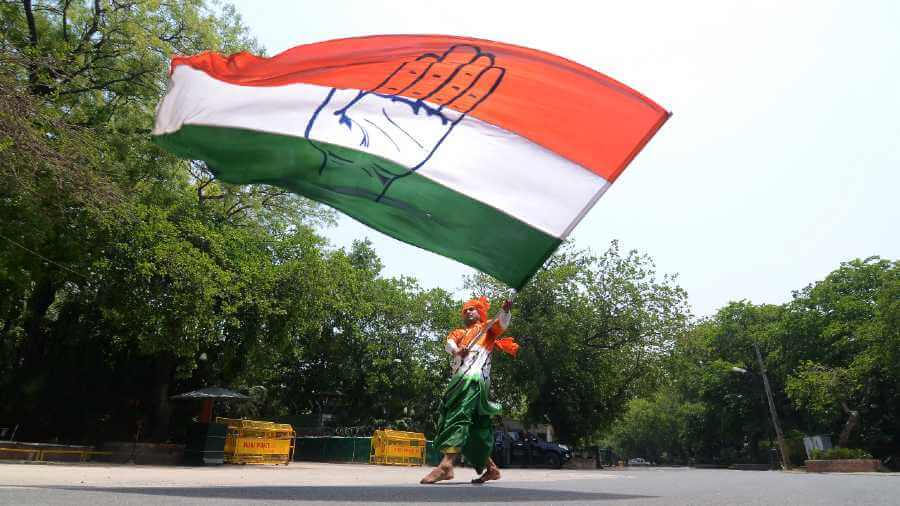
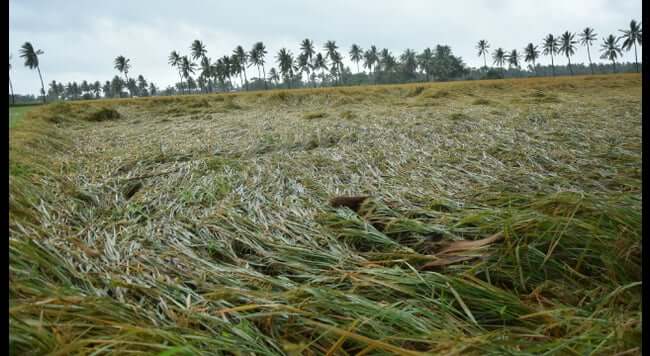

.jpg)
.jpg)
.jpg)
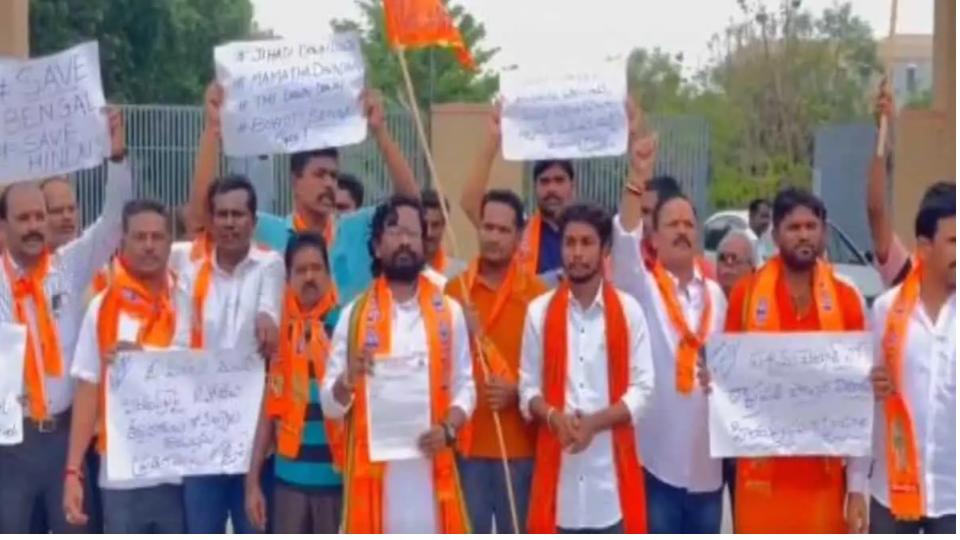

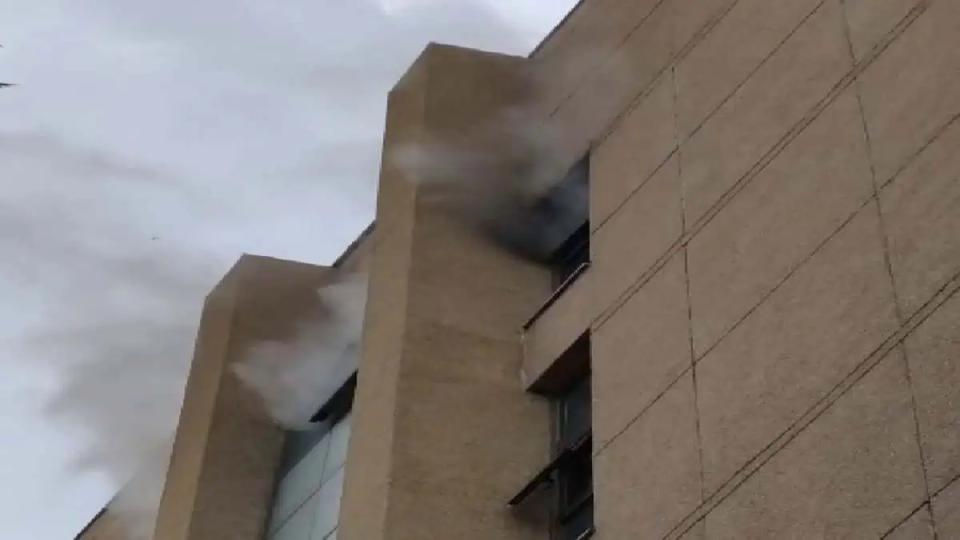

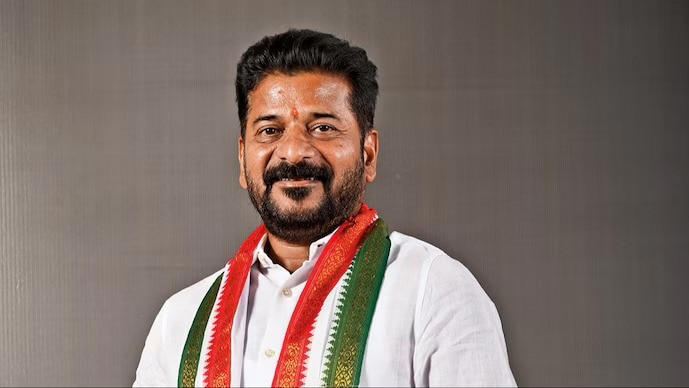
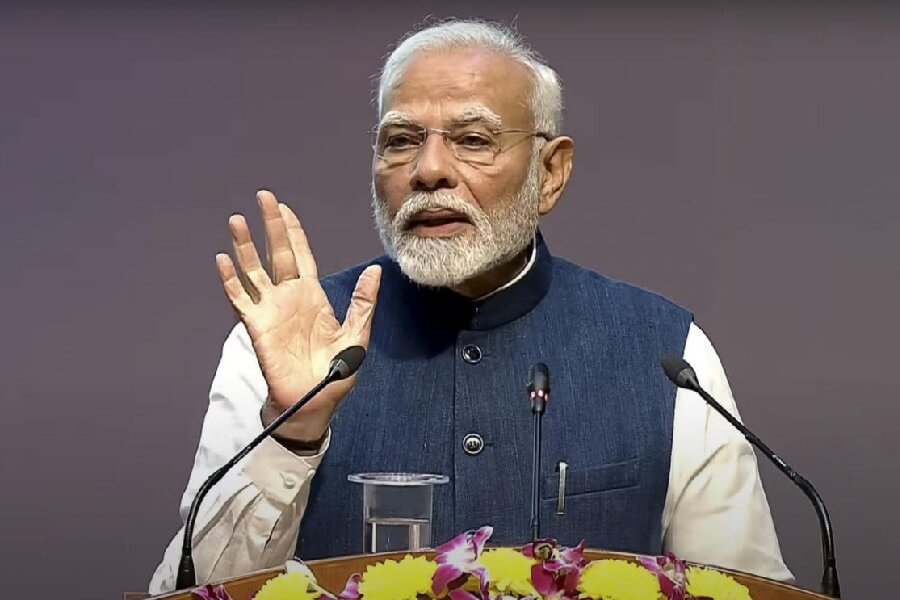
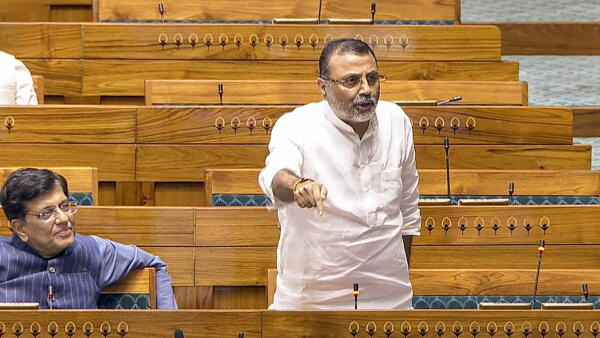



.jpg)
.jpg)
.jpg)


